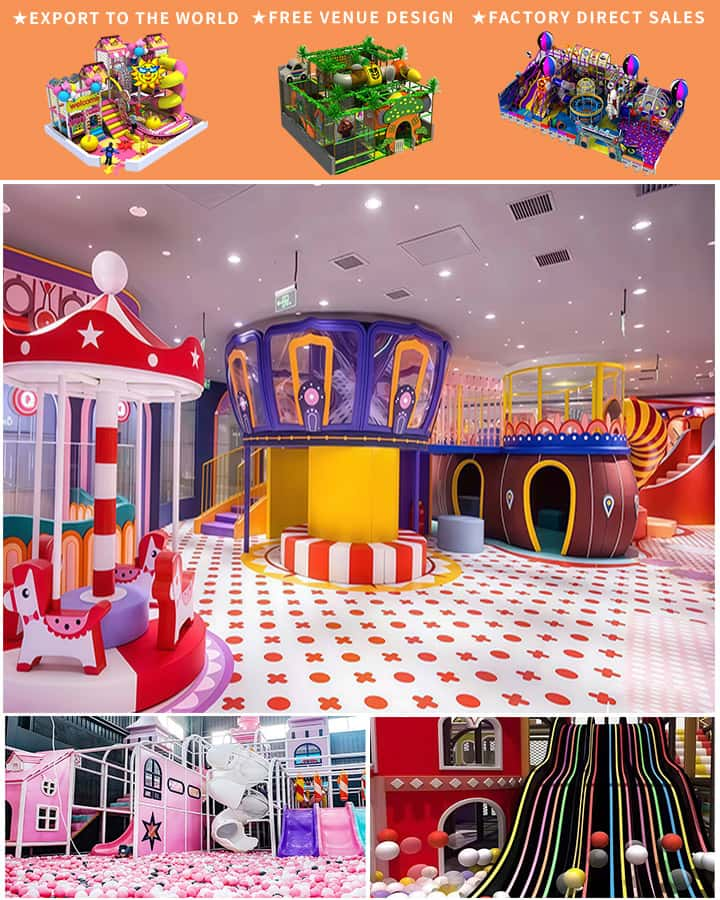Building an indoor playground can be a fantastic venture, offering a safe and entertaining environment for children and families. However, understanding the costs involved is crucial before embarking on such a project. This article will delve into the various factors that influence the cost of building an indoor playground, giving you a comprehensive overview of what to expect.
Factors Affecting the Cost
- Location
- The geographical location significantly impacts the overall cost. Urban areas with higher property prices and labor costs will naturally see higher expenses compared to rural or suburban areas. Additionally, zoning laws, permits, and local business regulations vary by location, affecting both timelines and budgets.
- Size and Layout
- The size of the indoor playground is perhaps the most significant factor in determining its cost. A larger space means more materials, equipment, and labor. The layout complexity also plays a role; intricate designs with multiple themed zones, obstacle courses, climbing walls, and slides require advanced planning and construction, driving up costs.
- Materials and Equipment
- The quality of materials used can greatly influence the cost. High-quality, durable, and safe equipment might have a higher upfront cost but often proves more economical in the long run due to reduced maintenance and replacement needs. Common materials include wood, metal, and plastic, each varying in price and durability.

- Labor Costs
- The labor cost includes everything from initial construction to ongoing maintenance staff. Skilled carpenters, electricians, painters, and safety inspectors are essential for setting up an indoor playground. Depending on regional wage rates, labor can account for a significant portion of the project budget.
- Safety and Compliance
- Ensuring the indoor playground complies with safety standards is paramount. This includes fire safety measures, non-toxic paints, soft flooring to prevent injuries, and adherence to accessibility guidelines. Certification and inspection fees are additional costs to factor in.
- Additional Features
- Extra amenities like restrooms, snack bars, seating areas, and party rooms enhance visitor experience but also add to the overall cost. Interactive elements such as digital games, ball pits, or trampoline zones further increase the investment needed.
Cost Breakdown Example
To give a clearer picture, let’s consider an example:
- Space: 500 square meters
- Location: Moderate urban area
- Equipment: Mix of climbing walls, slides, ball pits, and interactive zones
- Materials: High-quality wood, metal structures, and safe plastics
- Labor: Professional team for construction and setup
- Safety: Full compliance with local safety standards
In this scenario, initial construction costs could range from \(100,000 to \)150,000. Ongoing operational costs, including utilities, salaries for maintenance staff, marketing, and periodic upgrades, would amount to around \(20,000 to \)30,000 annually.
Financing Options
Given the substantial investment required, exploring financing options like bank loans, investor partnerships, or crowdfunding campaigns can help manage the financial burden. Grants and subsidies for small businesses or family entertainment projects might also be available depending on your location.
Conclusion
While the cost to build an indoor playground varies widely based on several factors, careful planning and consideration of all aspects can help manage expenses effectively. Whether you’re aiming for a high-end facility or a more modest setup, understanding these costs will help create a safe and enjoyable space for children and families alike. With proper planning and budgeting, your indoor playground can become a thriving centerpiece of community entertainment and joy.




